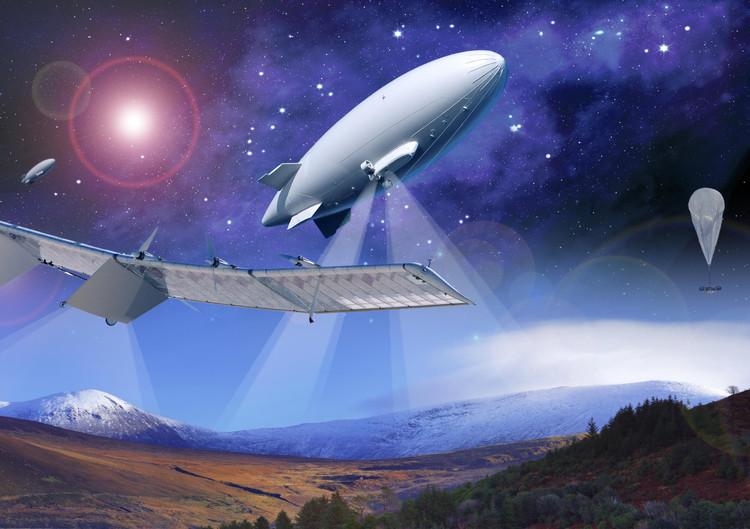
China recently announced a remarkable technological advance with the ability to detect the US F-35 stealth aircraft from a distance of nearly 2,000km, thanks to a stratospheric airship equipped with an advanced infrared sensor system.
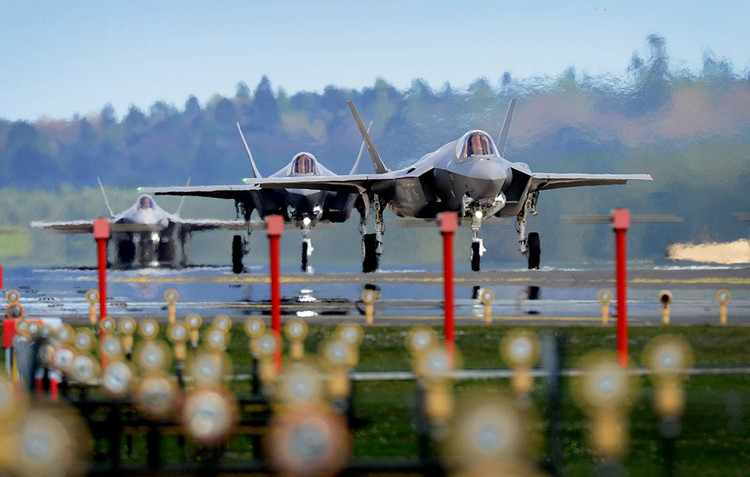
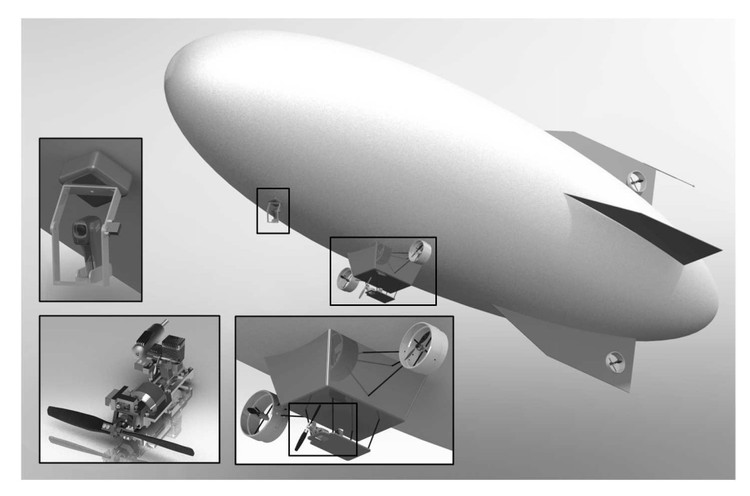
The research, conducted by scientists at the Changchun Institute of Optics, Fine Mechanics and Physics (CIOMP), has sparked much debate about the effectiveness of America's fifth-generation stealth technology and its potential to change the balance in regional defense strategy.
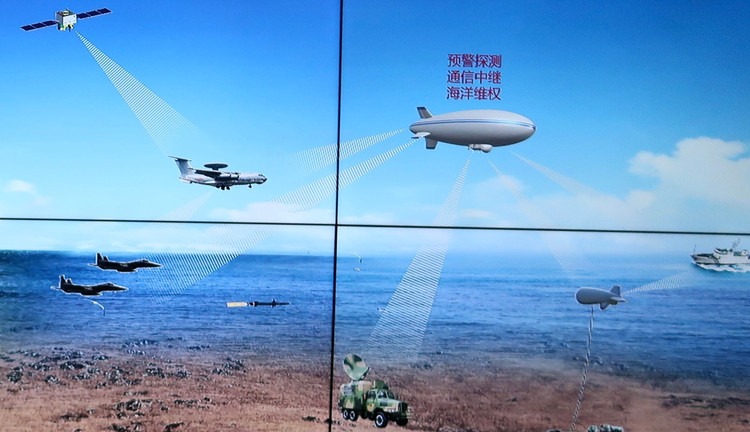
Based on sources South China Morning Post, Meta-Defense and MIG News, experts analyzed this new technology and its implications for global security.

According to research published in the Journal of Aerospace Technology, Chinese scientists have developed a stratos aircraft that operates at an altitude of 20km, equipped with infrared sensors using mercury-cadmium-telluride technology and a telescope with a 300mm aperture.
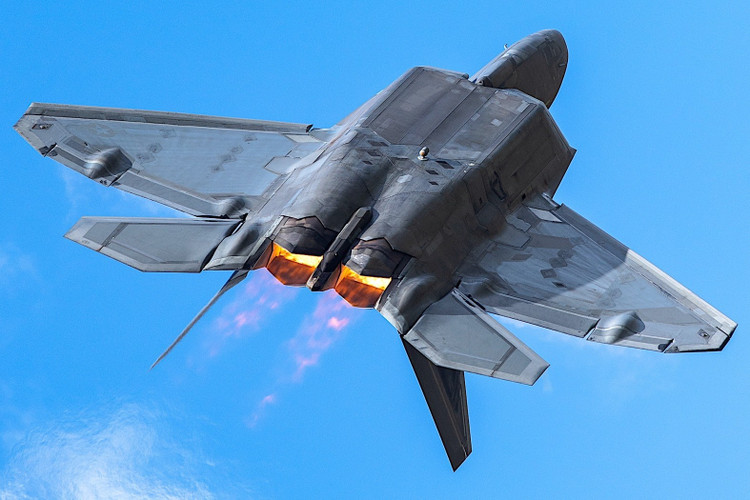
The aircraft is capable of detecting the infrared signature of an F-35 from a distance of up to 1,800km when viewed from behind or on the side of the aircraft.
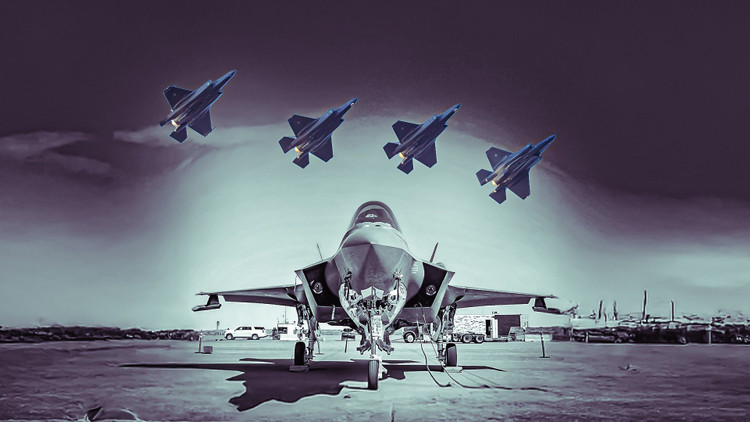
The research focused on simulated combat scenarios where the F-35 is considered one of the major threats to China. The key to the technology lies in exploiting the F-35's weakness: the heat signature from the engine exhaust.
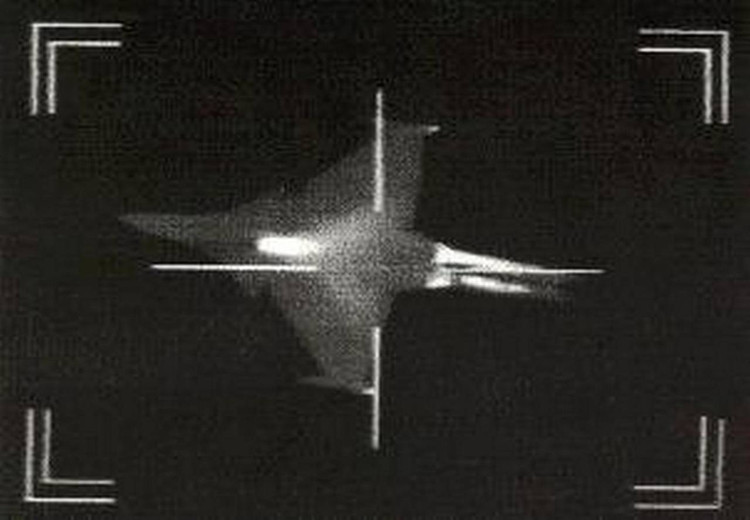
Although the radar-absorbent coating and the aircraft's surface are cooled to an average of 281 degrees Kelvin (about 7.85°C), making the F-35 nearly 'invisible' to traditional radar systems, the engine exhaust, which has a temperature of nearly 1,000 degrees Kelvin, emits infrared radiation thousands of times stronger than the aircraft's body.
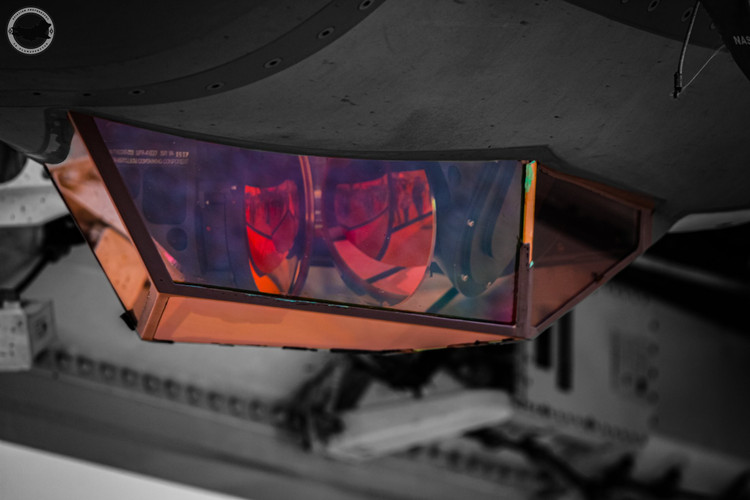
By focusing on the 2.8-4.3 micrometer wavelength range, where atmospheric interference is minimal, China’s Stratos can detect the F-35 with high accuracy, especially when viewed from the rear or side. However, the detection range drops to about 350km when viewed from the front due to the weaker heat signature.
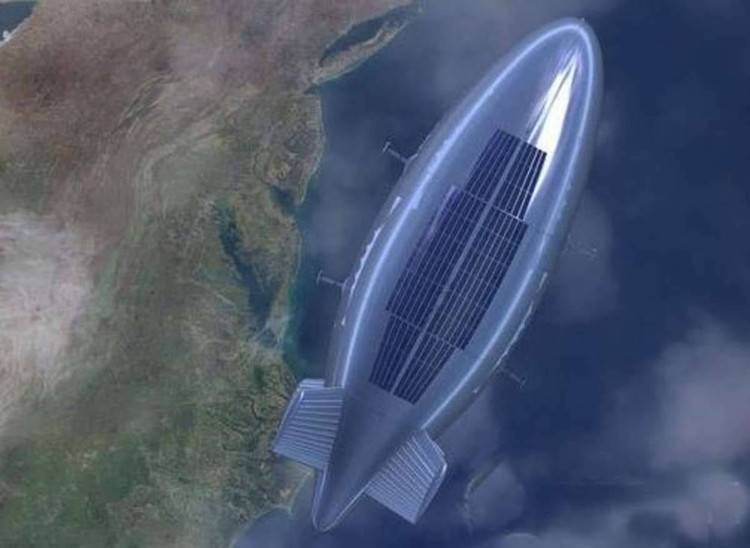
Stratos offer a number of strategic advantages. Operating at altitudes of 20km or more, they are out of reach of most surface-to-air missiles and fighter aircraft, and can remain airborne for months on end thanks to their solar panels.

Compared to satellites, Stratos are significantly cheaper to build and operate, and provide persistent surveillance in near-space, an area considered the ‘sweet spot’ between satellites and airborne early warning aircraft (AWACs). Deploying a network of these aircraft could create a powerful early warning system, significantly reducing the ability of stealth aircraft like the F-35 to operate in secret.
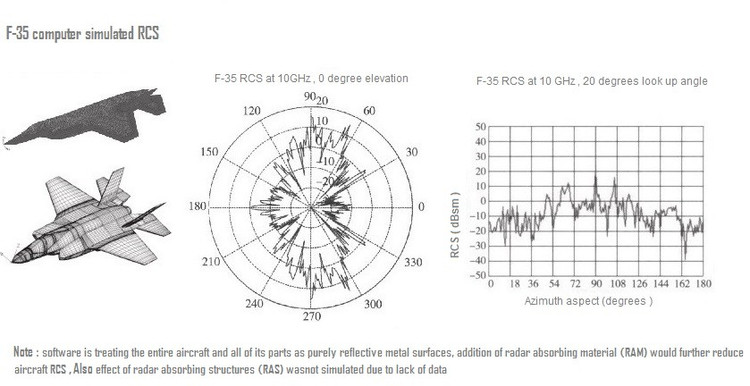
However, the technology is not without its limitations. Stratos aircraft travel at a slow speed of only about 120km/h, and are large (about 150m long), making them easy targets for specialized interceptors. In addition, detection efficiency depends on the viewing angle, with detection distances dropping significantly when the F-35 is viewed from the front.

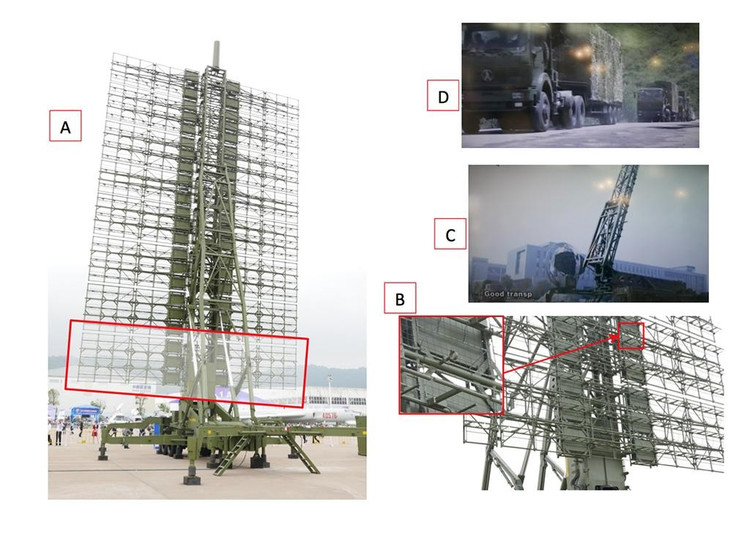
According to sources, the Stratos aircraft technology is not only effective but also low-cost, opening up the possibility of widespread deployment and changing the regional security landscape, especially in the Indo- Pacific region.

Source: https://khoahocdoisong.vn/cach-trung-quoc-lot-ao-tang-hinh-f-35-my-post2149043178.html





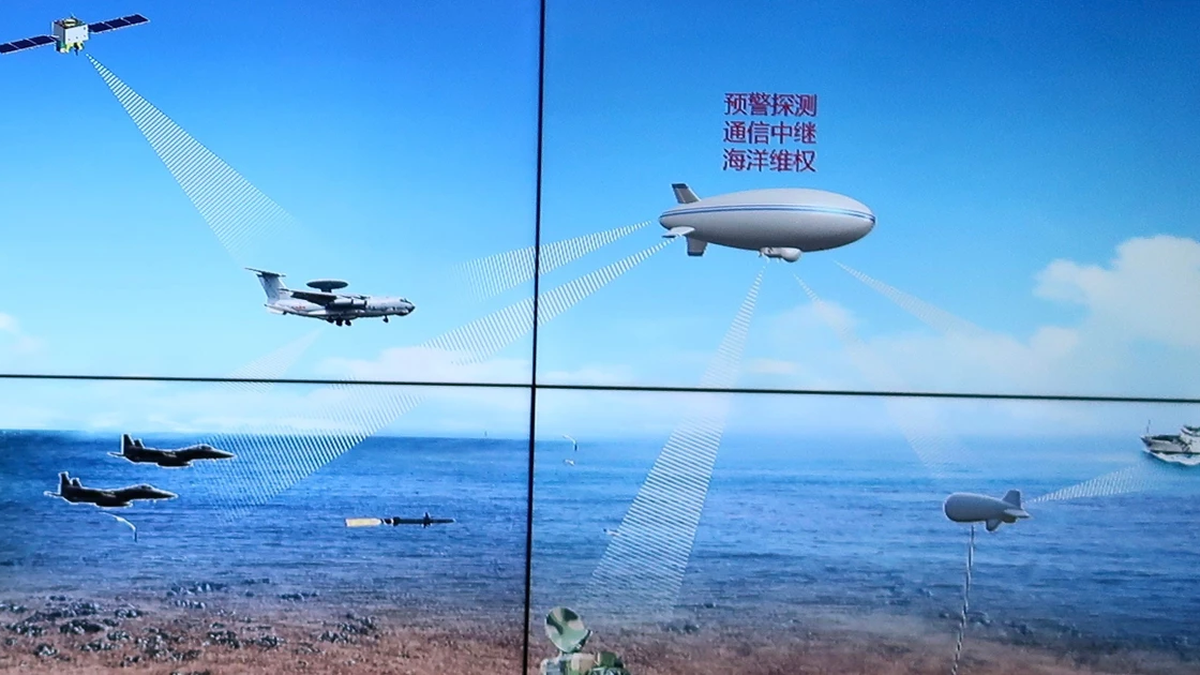

















































![[Maritime News] Two Evergreen ships in a row: More than 50 containers fell into the sea](https://vphoto.vietnam.vn/thumb/402x226/vietnam/resource/IMAGE/2025/8/4/7c4aab5ced9d4b0e893092ffc2be8327)












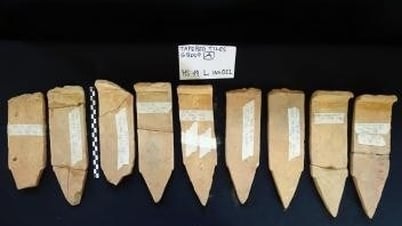






























Comment (0)